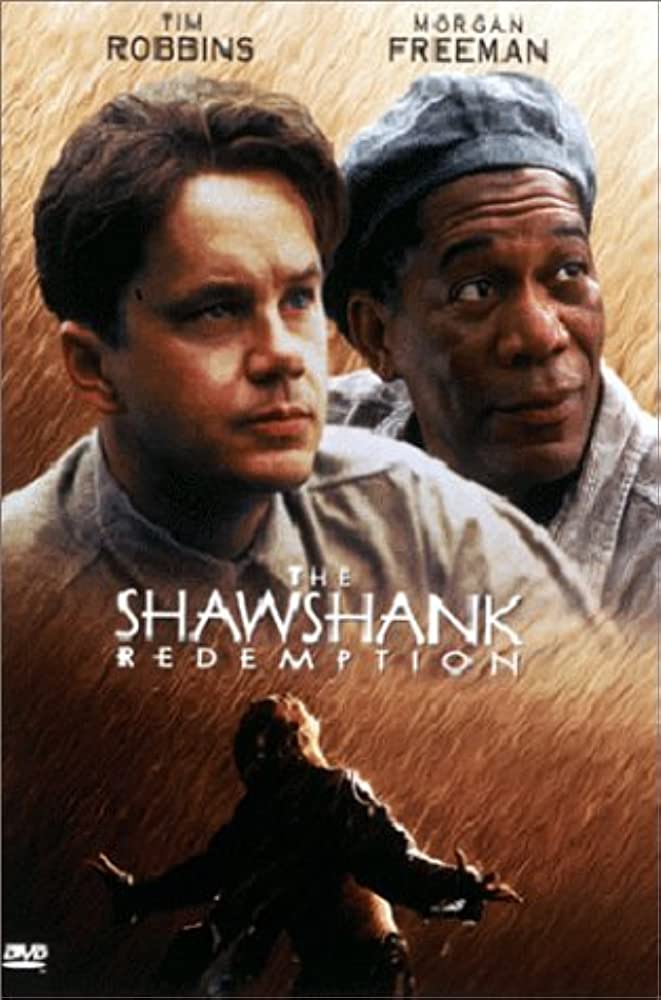“Is Paul, the last member of the Atreides family, the heir apparent of centuries of planned marriages and ultra-gene analysis? Kuisatz Haderah? Is it that person who will witness everything, all the spirals of the future, without creating paradoxical ruptures in time?”
The Dune series was born with a simple simple idea that brought Frank Herbert to the literary world in a splendid way. A planet with no climate other than desert. In English, dune means dune.
Like today’s fossil fuels, the richest resource of the galaxy, a mysterious dust called “spring” increased the value of this desert millions of times.
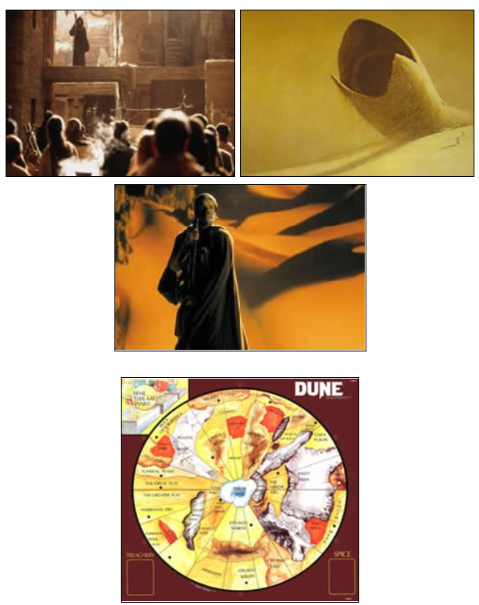
Spring was necessary for the Space Guild captains traveling interstellar to predict rather than calculate coordinates, spring was the staple of noble families who wanted longevity and good health, essential for the mysterious past memories of the Bene Gesserit nuns.
In short, great powers had established a balance around the spring. To the desert planet where spring is the key to everything, the Atreides were assigned in the sharp shadow of other great families, especially the Harkonnen, their enemy. On the one hand, a great exile, on the other hand, a great promotion, Emperor Sultan IV. They were guided by Shaddam to an unknown destiny.
Fierce tension, depth to the heart of the human being, intuitive sentences, long-term plans that will terrify the smartest politicians of the world.
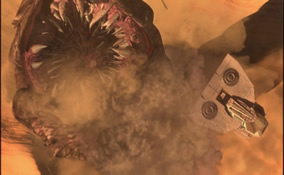
Paul Muad’dib. Basic. The seer who did not spare his tears from his enemy. The crafty Baron Vladimir Harkonnen, who was raised as a Gene Besserit but had discovered a new power with his marriage, Lady Jessica, the manager of the Atreides house, and the father of Paul, Duke Leto Atreides …
Knitting gives us a special excitement to Turks. The terms and customs / traditions in the language used are based on the Ottoman Turks with the Arab Tuarek way of life. Therefore, the terms sultan, Sheikh-hulud, Butleryan Jihad, Mahdi, which we know easily in a foreign book, are very easily understood. The good news is that the author doesn’t use them in any religious sense. In other words, it is neither humiliated nor glorified, and in the methods of the Bene Gesserit the style of the church is skillfully addressed. Thus, the cosmopolitan novel consistently carries a wealth of sociocultural content throughout the series.
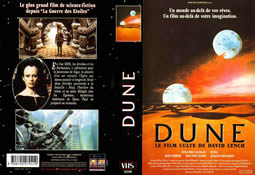
“Once upon a time people turned their thoughts on machines in hopes that it would set themselves free. But that only allowed other people with machines to enslave them. ”
Although technology is thousands of years ahead of today, there are no computers. After nearly a hundred years of war between intelligent machines and humans, the command “You will not build a machine that resembles a man’s mind” was followed with a religious determination. This event, known as Butleryan Jihad, causes all technology we see to be automatic and semi-automatic. But spaceships, weapons, genetic studies, cloning (gulas), and even planetary ecology modification engineering are at the upper limit. Instead of computers, there are mentats who calculate probabilities and program their brains. Each manager transfers all the information he has to his mentat. Which manager would want the mentat to make the wrong decisions? Therefore, he will not hide anything from his mentat.

I can confidently say that a very satisfying series,
- Dune
- Dune Messiah
- Children of Dune
- God Emperor of Dune
- Heretics of Dune
- Chapterhouse: Dune
Six books were written by Frank Herbert.
His son collected the works published after his death. Each skin of the series is stronger. Unlike the series that we see in the market that gets bored with length, their heroes and events are very variable accordingly.
Each book opens up a new side of the subject. Especially the unpredictable movements of the oracles, the Fremen, the armies of women, the huge worm of fear and sacredness, Sheikh-Hulud, who disrupt the traditional flow of time, leave unforgettable flavors in the minds of readers.
“Science fiction literature would still be among the underrated children’s dreams without great masters like Isaac ASIMOV, Ursula Le GUIN, Arthur C. CLARKE, Alfred BESTER, Frank HERBERT.”
The outstanding success of the novel is actually a long story. Written in 1965, the novel won the first Nebula award, which we can call science fiction oscar the following year.
Later, it became the subject of all kinds of products. He created the Marvel comic production giant series. It was adapted into cinema in 1984 by David Lynch, which, according to many, was unsuccessful. It was the subject of games. It has appeared in the form of strategy as a computer game, as well as in the branch of card and imagination games. http://www.duneworld.org/games/ and http://www.sorvan.com/games/dune/dune.html
It is so common today that a Dune dictionary has been added to Babylon’s dictionaries so that everybody can understand the terms! http://info.babylon.com/cgi-bin/temp.cgi?id=5617&layout=gt_new.html
Most recently, the series, which was shot as a long series by the Sci-Fi sci-fi channel, really deserved. There is nothing to be said about the great effort, digital animation, acting and fidelity to the book. The first group of the successful work was shot in three episodes for Dune and three episodes for Dune’s Children. It seems that commercial success will keep these shots going.
http://www.scifi.com/dune
Briefly, who is Frank Herbert?
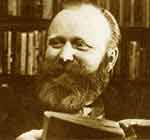
Frank Herbert, one of science fiction’s most creative writers, was born in 1920. He has worked as a television cameraman, commentator radio announcer, oyster hunter, wilderness jungle survival instructor, poetry analyst, creative writing teacher, reporter and editor.
The first science fiction novel “The Dragon in the Sea” (1956) was a hunchbacked tale of nuclear submarines. “The Green Brain” (1966), the gruesome tale of a small and hidden enemy, was brought to the cinema. Desert Planet Dune, a stunning blend of science and fiction, environmentalism and politics, won the first nebula award.
Hugo shared his award with Roger Zelazny’s work And Call Me Conrad. And it formed the basis of the Dune series, which is undoubtedly the greatest epic in science fiction. Dune was filmed by David Lynch in 1984. He died in 1986.
“I shouldn’t be afraid. Fear is mind killer. Fear is the little death that brings total extinction. I’ll face my fear I’ll let it pass over me and through me And when it passes by, I will turn my inner eye to it to see the way it passes. Where the fear goes, nothing will happen. Only I will stay. “

References:
http://www.scifi.com/dune
http://info.babylon.com/cgi-bin/temp.cgi?id=5617&layout=gt_new.html
http://www.kirjasto.sci.fi/fherbert.htm
http://www.imdb.com/title/tt0087182/
Wikipedia:
The Dune Series
- Dune: Serial publication: Analog, December 1963 – February 1964 (Part I, as “Dune World”), and January – May 1965 (Parts II and III, as “The Prophet of Dune”). First edition: Philadelphia: Chilton Books, 1965.
- Dune Messiah: Serial publication: Galaxy, July – November 1969. First edition: New York: G.P. Putnam’s Sons, 1969.
- Children of Dune: Serial publication: Analog, January – April 1976, “Children of Dune”. First edition: New York: G.P. Putnam’s Sons, 1976.
- God Emperor of Dune, New York: G.P. Putnam’s Sons, 1981.
- Heretics of Dune, New York: G.P. Putnam’s Sons, 1984.
- Chapterhouse: Dune, New York: G.P. Putnam’s Sons, 1985.
The Pandora Sequence (also known as the WorShip series)
- Destination: Void: Serial publication: Galaxy, August 1965, as “Do I Wake or Dream?” First edition: New York: Berkeley, 1966 revised in 1978.
- The Jesus Incident (with Bill Ransom): Serial publication: Analog, February 1979, G.P. Putnam’s Sons, 1979.
- The Lazarus Effect (with Bill Ransom), New York: G.P. Putnam’s Sons, 1983.
- The Ascension Factor (with Bill Ransom), New York: G.P. Putnam’s Sons, 1988.
The ConSentiency Series
- Whipping Star: Serial publication: Worlds of If, January – April 1970. First edition: New York: G.P. Putnam’s Sons, 1970.
- The Dosadi Experiment: Serial publication: Galaxy, May – August 1977 “The Dosadi Experiment”. First edition: New York: G.P. Putnam’s Sons, 1977.
Standalone Novels
- The Dragon in the Sea: Serial publication: Astounding, November 1955 – January 1956. First edition: New York: Doubleday, 1956. Also titled Under Pressure and 21st Century Sub,
- The Green Brain: Serial publication: Amazing, March 1965, under the title “Greenslaves.” First edition: New York: Ace, 1966.
- The Eyes of Heisenberg: Serial publication: Galaxy, June – August 1966, as “Heisenberg’s Eyes.” First edition: New York: Berkeley, 1966.
- The Heaven Makers: Serial publication: Amazing, April – June 1967. First edition: New York: Avon, 1968
- The Santaroga Barrier: Serial publication: Amazing, October 1967 – February 1968. First edition: New York: Berkeley, 1968
- Soul Catcher, New York: G.P. Putnam’s Sons, 1972.
- The Godmakers: Serial publication: “You Take the High Road“, Astounding, May 1958, “Missing Link”, Astounding, February 1959, “Operation Haystack”, Astounding, May 1959 and “The Priests of Psi” Fantastic, February 1960. First edition: New York: G.P. Putnam’s Sons, 1972.
- Hellstrom’s Hive: Serial publication: Galaxy, November 1972 – March 1973, “Project 40.” First edition: New York: Doubleday, 1973.
- Direct Descent: Serial publication: Astounding, December 1954, “Packrat Planet”. First edition: New York: Ace Books, 1980.
- The White Plague, New York: G.P. Putnam’s Sons, 1982.
- Man of Two Worlds (with Brian Herbert), New York: G.P. Putnam’s Sons, 1986.
- High-Opp: WordFire Press, 2012.
- Angels’ Fall: WordFire Press, 2013.
- A Game of Authors: WordFire Press, 2013.
- A Thorn in the Bush: WordFire Press, 2014.
Short Fiction Collections
- The Worlds of Frank Herbert, London: New English Library, 1970.
- The Book of Frank Herbert, New York: DAW Books, 1973.
- The Best of Frank Herbert, London: Sidgwick & Jackson, 1975.
- The Priests of Psi, London: Gollancz Ltd, 1980.
- Eye (Jim Burns, illustrator), New York: Berkeley, 1985.
- The Collected Stories of Frank Herbert, New York: Tor Books, 2014.
Short Fiction
- “Survival of the Cunning,” Esquire, March 1945.
- “The Jonah and the Jap,” Doc Savage, April 1946.
- “Yellow Fire,” Alaska Life (Alaska Territorial Magazine), June 1947.
- “Looking for Something?” Startling Stories, April 1952.
- “Operation Syndrome,” Astounding, June 1954. also in T.E. Dikty’s Best Science Fiction Stories and Novels, 1955 series
- “The Gone Dogs,” Amazing, November 1954.
- “Packrat Planet,” Astounding, December 1954.
- “Rat Race,” Astounding, July 1955.
- “Occupation Force,” Fantastic, August 1955.
- “The Nothing,” Fantastic Universe, January 1956.
- “Cease Fire,” Astounding, January 1956.
- “Old Rambling House,” Galaxy, April 1958.
- “You Take the High Road,” Astounding, May 1958.
- “A Matter of Traces,” Fantastic Universe, November 1958.
- “Missing Link,” Astounding, February 1959. also in Author’s Choice, ed. Harry Harrison, New York: Berkeley, 1968.
- “Operation Haystack,” Astounding, May 1959.
- “The Priests of Psi,” Fantastic, February 1960.
- “Egg and Ashes,” Worlds of If, November 1960.
- “A-W-F Unlimited“, Galaxy, June 1961.
- “Try to Remember,” Amazing, October 1961.
- “Mating Call“, Galaxy, October 1961.
- “Mindfield,” Amazing, March 1962.
- “The Mary Celeste Move,” Analog, October 1964.
- “The Tactful Saboteur,” Galaxy, October 1964.
- “Greenslaves,” Amazing, March 1965.
- “Committee of the Whole“, Galaxy, April 1965.
- “The GM Effect,” Analog, June 1965.
- “Do I Wake or Dream?” Galaxy, August 1965.
- “The Primitives“, Galaxy, April 1966.
- “Escape Felicity,” Analog, June 1966.
- “By the Book,” Analog, August 1966.
- “The Featherbedders,” Analog, August 1967.
- “The Mind Bomb” (aka “The Being Machine”), Worlds of If, October 1969.
- “Seed Stock,” Analog, April 1970.
- “Murder Will In,” The Magazine of Fantasy and Science Fiction, May 1970.
- “Project 40” (three installments) (novelized as “Hellstrom’s Hive”), Galaxy, November 1972 – March 1973.
- “Encounter in a Lonely Place,” The Book of Frank Herbert, New York: DAW Books, 1973.
- “Gambling Device,” The Book of Frank Herbert New York, DAW Books, 1973.
- “Passage for Piano,” The Book of Frank Herbert New York, DAW Books, 1973.
- “The Death of a City,” Future City, ed. Roger Elwood. Trident Press: New York, 1973.
- “Come to the Party” with F. M. Busby, Analog, December 1978.
- “Songs of a Sentient Flute,” Analog, February 1979. (Ghost written by Bill Ransom)[2]
- “Frogs and Scientists,” Destinies, Ace Books, August–September 1979.
- “Feathered Pigs,” Destinies, Ace Books, October–December 1979.
- “The Road to Dune,” Eye, New York: Berkeley 1985.
- “The Daddy Box”, The Collected Stories of Frank Herbert, New York: Tor 2014.


